Ballinlaggan Building Blocks
On the western edge of the Cairngorms, a series of sterile fields is undergoing transformational change.

“This will inevitably be a managed landscape, but our intervention will be as light as we can make it and will be carried out without prejudice towards one species over another.”
In spring, this land reverberates to the sound of bubbling curlews, drumming snipe and squadrons of trumpeting migrating geese. In summer, owls and foxes hunt for voles; bright red rowan berries attract migrant redwings and fieldfares, and in winter, buzzards quarter the fields in search of an easy meal. With expansive views to the Cairngorm mountains, we feel very fortunate to live in such a place.
But after two decades of looking out on these fields in front of our house, on which a summer flock of sheep feasted, we came to realise that this land could be so much more. It had been functioning way below its ecological potential for years and actually, much of the wildlife we’ve been privileged to watch, occurs on its periphery as a consequence of a neighbouring wetland reserve and pine plantation.
In 2019, an opportunity arose to purchase the land and so we took the plunge and became owners of 50 acres of grazing pasture in the western Cairngorms. The blank canvass of those bare fields was daunting, but we knew that here was an exciting opportunity to reinvigorate the ecological vitality of these humble acres. Encouragingly, whilst the land had been ploughed, fertilised and cropped, the soil is in pretty good shape with a healthy population of earthworms as testified by the hundreds of molehills that dot the fields.
With ownership though, comes that slightly uncomfortable expectation ‘to do something’ with the land. But what exactly? There was of course, the option to do nothing at all and let the land ‘rewild’ naturally. Given the luxury of scale and ‘reservoirs of nature’ nearby, this would have been the logical choice, but our land is small and to be honest, we are impatient for change and want to see things happen in our own lifetime. So, we decided to kickstart the ecological restoration process through a series of rewilding actions to expand existing habitats and create new corridors for wildlife to roam.
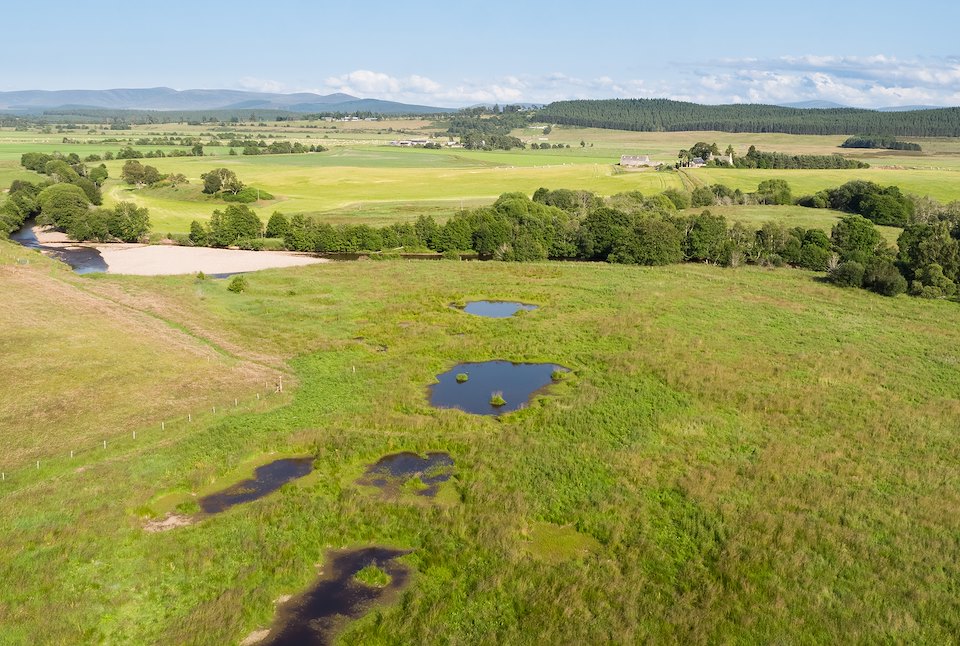
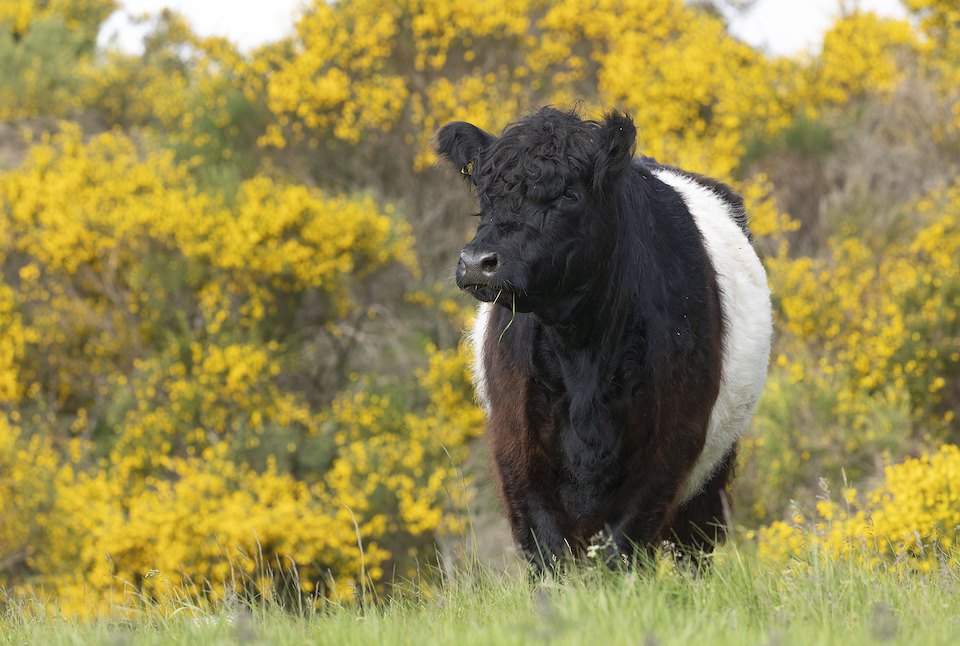
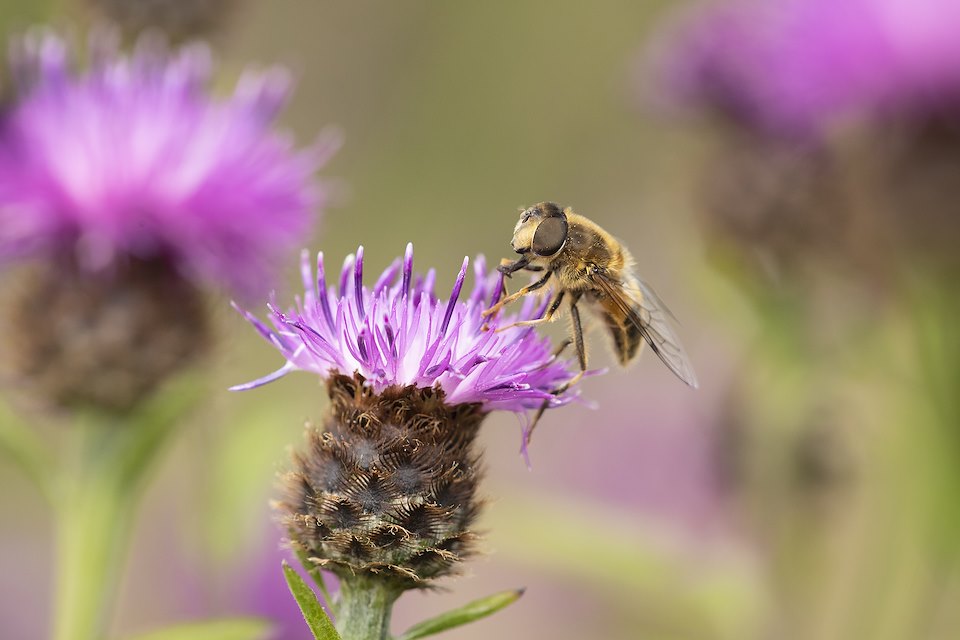
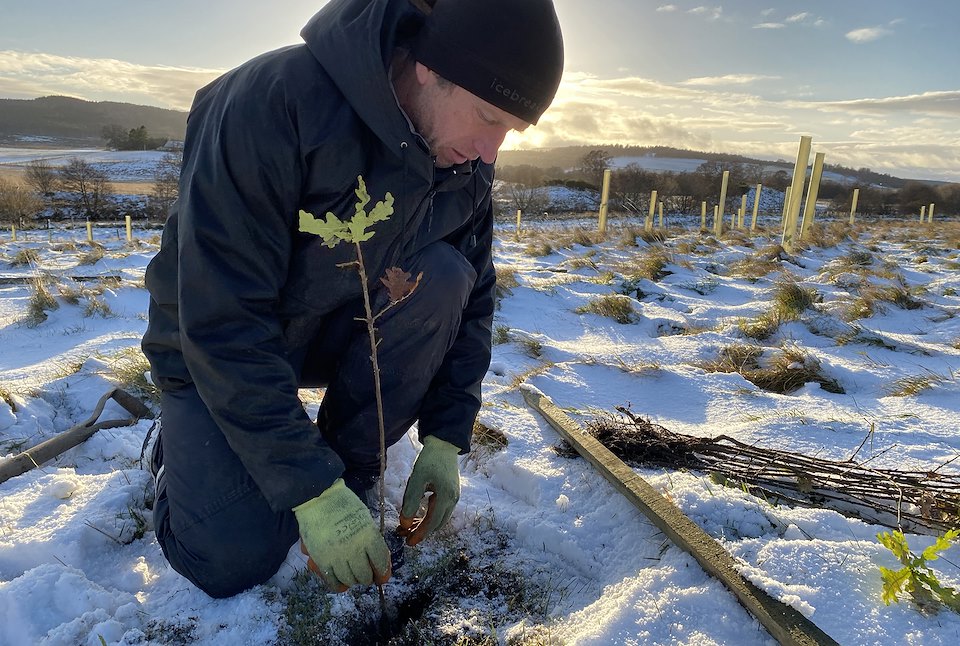
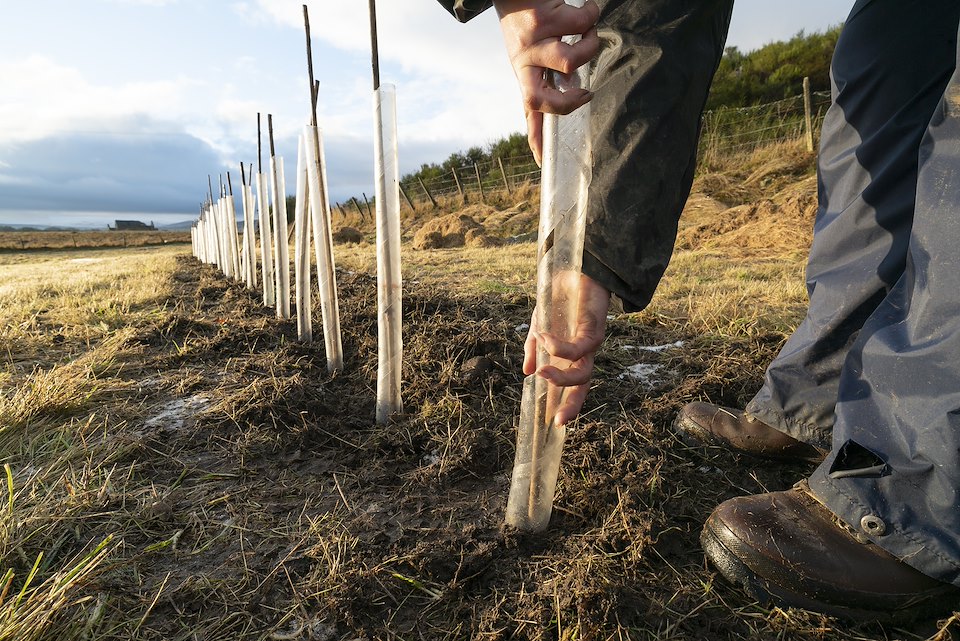
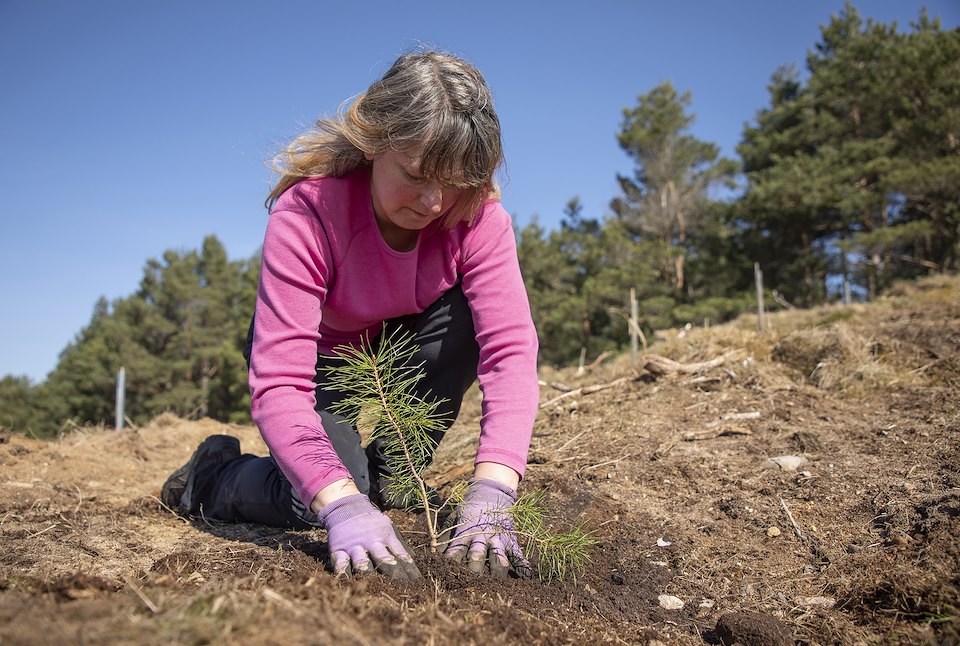
We are now in the early stages of this transformative process. With help from a number of NGO’s and government agencies, we have excavated a series of wader scrapes and pools, sown a wildflower meadow and planted 750m of hedgerow, which will help connect existing woodland to a new broad-leaved wood that will border the River Dulnain, providing shade, shelter and food for not only woodland species but for fish, including salmon and trout.
Longer-term we aim to create species-rich grasslands using our recently acquired herd of belted galloways. These grazers will be an integral part of the process, creating and maintaining habitat for waders, wildflowers and myriad insects, not to mention a healthy population of voles on which so many species depend.
This will inevitably be a managed landscape, especially in the short term, but our intervention will be as light as we can make it and will be carried out without prejudice towards one species over another. Our intention is to put in place the building blocks upon which nature can dictate its own future, whilst at the same time providing us with some of our own food and the satisfaction of showing Ballinlaggan to others, and providing the same inspiration that fueled our own rewilding journey.
Gale Lee, owner
